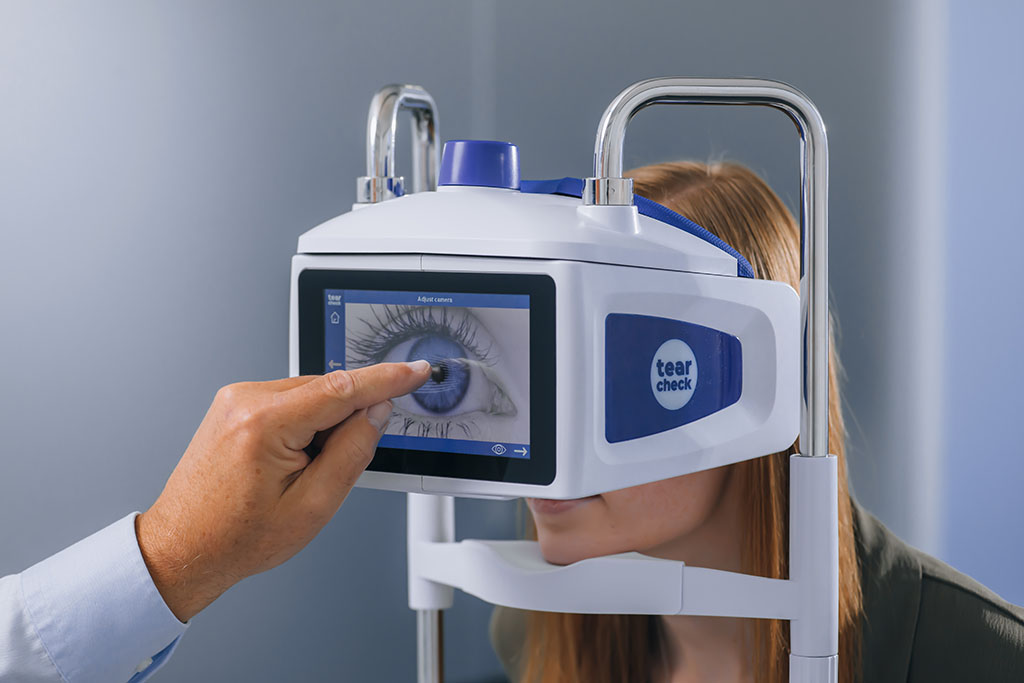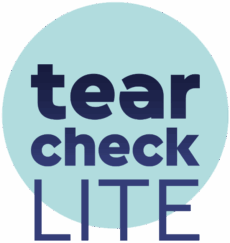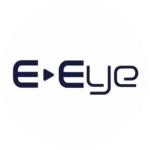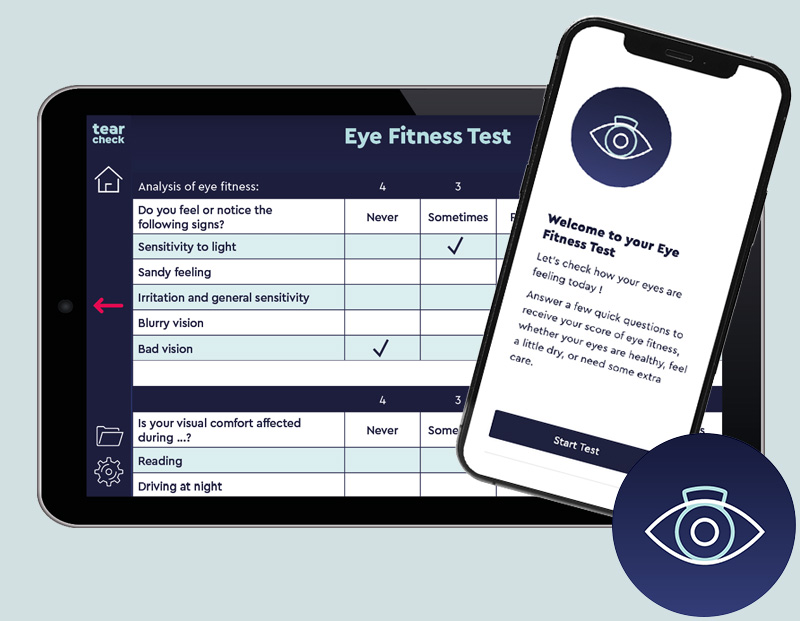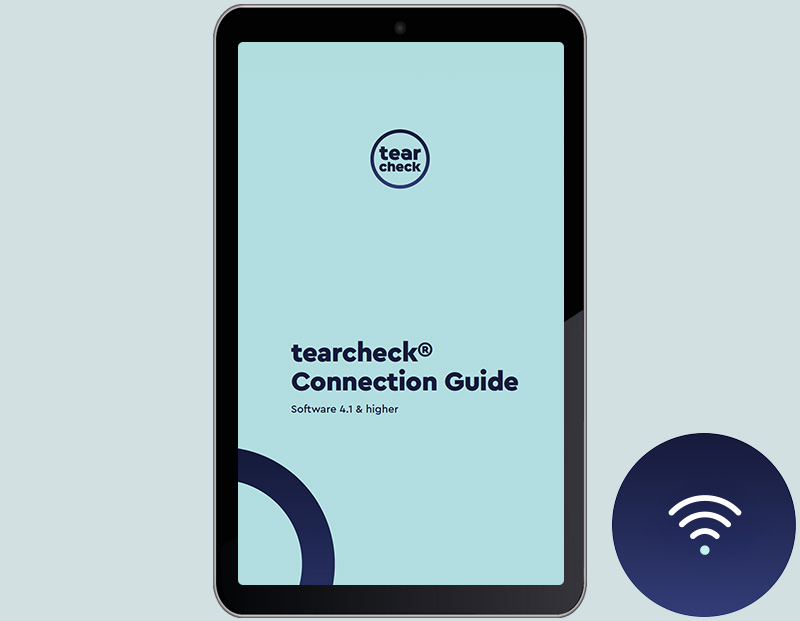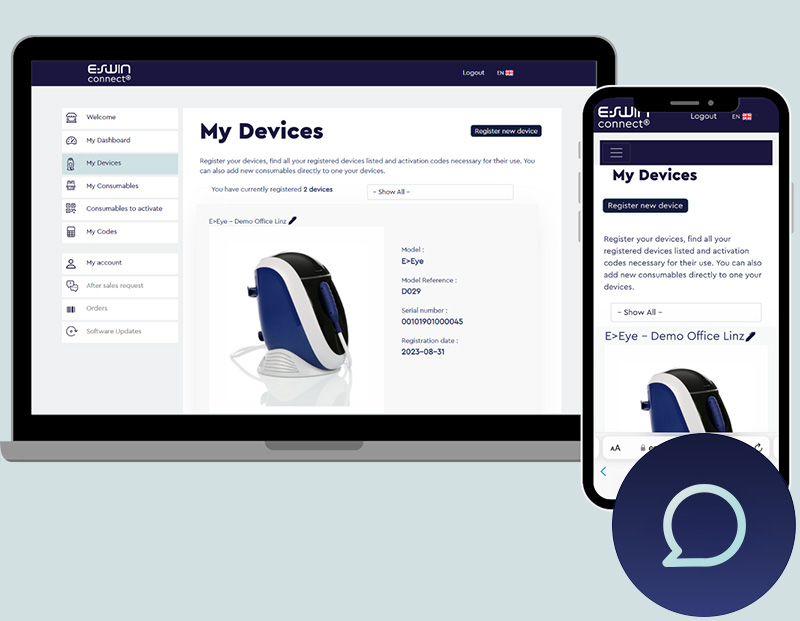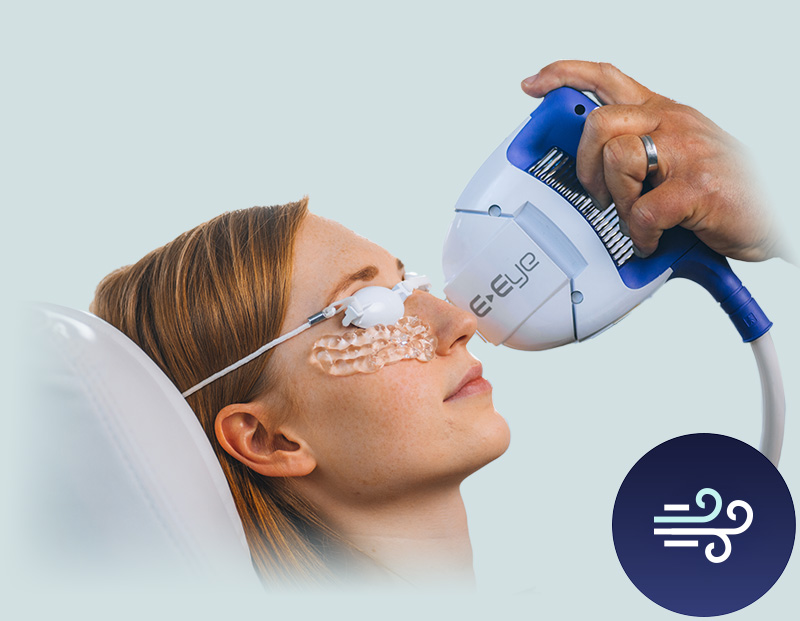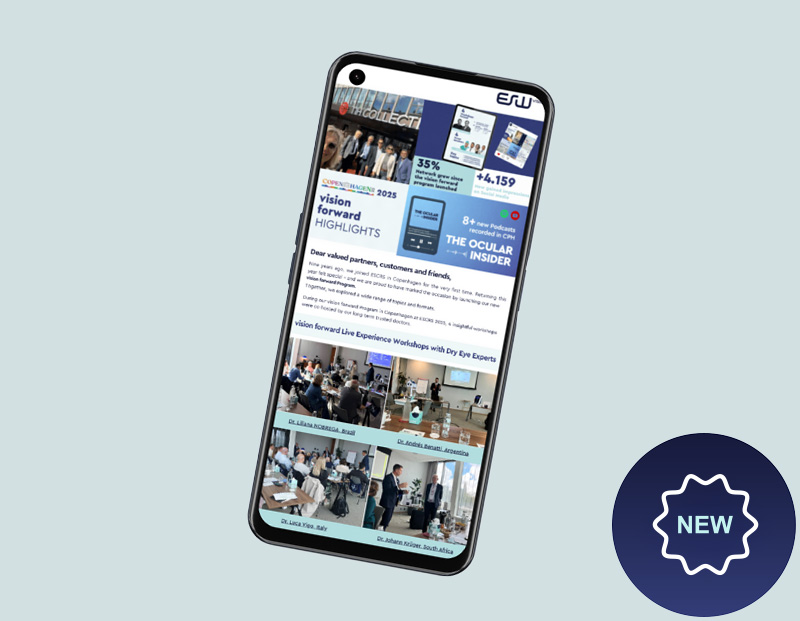Fast and Easy
Dry Eye Management
With our solutions, Dry Eye Management becomes simple and is done with only two steps:
Screening
Designed to create a new standard for dry eye screening
1
Advanced, breakthrough technology delivering comprehensive dry eye screening in 10 minutes.
Combines essential tearcheck® features in a lighter format, perfect for mobility and smaller spaces.
Treatment
Short and efficient protocol offering lasting relief that persist long after treatment
2
Non-invasive IRPL® treatment tailored for MGD (Meibomian Gland Dysfunction)
E-Eye technology fitted into a smaller version for mobile use.
What makes it so easy ?
Eye Fitness Test
Your patients can now take the Eye Fitness Test directly on their smartphone, making it easier to save time and follow up on their subjective symptoms remotely.
Connection Guide
The Connection Guide is designed to make Dry Eye management easier and efficient, allowing eye care professionals to focus on what truly matters. The Shared Folder option enables seamless access, sharing, and integration of tearcheck® data across multiple devices, users and medical data management platforms.
Air-cooling system
We opted for an air-cooling system rather than a water-cooling system to provide completely maintenance-free devices. No maintenance means no loss of valuable time that could be spent helping patients.

Bags or travel cases
Our devices are designed to fit practices of any size, from high-volume clinics to mobile professionals. Compact and lightweight, they can be easily transported in dedicated bags or travel cases, making them ideal for practitioners who need flexibility without compromising performance.
Our newsletter
Our teams work relentlessly to deliver new cutting-edge concepts, innovative solutions and outstanding support for eye care professionals. Stay tuned and be prepared to be impressed and inspired: subscribe to our newsletter.
Get in touch with our team to learn more

